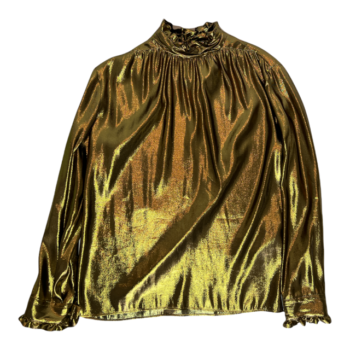The connection between more favorable environmental outcomes and gender equality is irrefutable. Women around the globe play a vital role in developing ecological and sustainably aligned resource management and production practices through the lens of environmental conservation, protection, and restoration.
Yet, gender inequality continues to be one of the most detrimental barriers to fostering the ecological sphere of sustainable, social, and community resilience. As a result, women and various other marginalized communities are the most exposed to the consequences of climate change, environmental abuse, and inequitable structural systems that limit our partnership and leadership in generating, executing, and monitoring mitigation actions.
According to the United Nations Environment Programme (UNEP), a better understanding of the environment requires a holistic, multidisciplinary view of gender in the construction and implementation of environmental policies at international and national levels while recognizing the many layers of human-environment relationships and methodological approaches to this issue. Furthermore, to drive and push for long-lasting change, technology, innovation, inclusiveness, and financing for gender equality should be a top priority in moving toward environmental sustainability.
Indeed, men and women worldwide experience the force of environmental transformations differently, but these gender roles should not restrict how, when, or why men and women become potent agents of ecological change. By taking a gender-specific perspective to assess these complex intersections (gender, environment, society, health), it is more apparent to acknowledge the strong relationship between gender equality, women’s rights, and environmental change.
In the words of American ecofeminist and philosopher Carolyn Merchant, “the cultural baggage associated with images of nature as female means that gendering nature is at present too problematical to be adopted by emancipatory social movements in Western societies. Instead, a view of nature as a more powerful process and longer-lasting longer-lasting ties and human beings is a sufficient basis for an ethic of earth care. Women and men can participate in ecological movements to save the Earth not only because it fulfills vital human needs but because it is home to many other living and nonliving things, many of which are beautiful and inspiring on their own.”
The Takeaway
A vast, dynamic field of opportunities toward a more equitable and conscious world lies at the intersection between women, the environment, and the many dimensions derived from these pillars. Undeniably, gender equity should be a top priority in national and international policies and management systems moving toward economic, social, and environmental health. Using women’s collective efforts, power, and voices, we will provide our fragile Earth with the much-needed care it deserves to thrive.



















